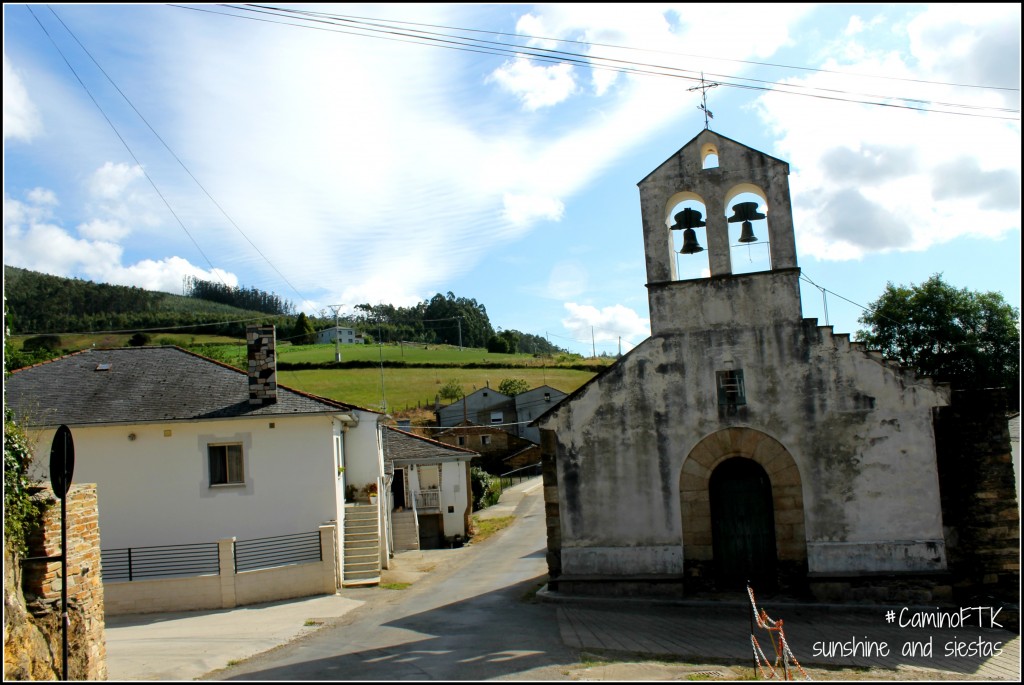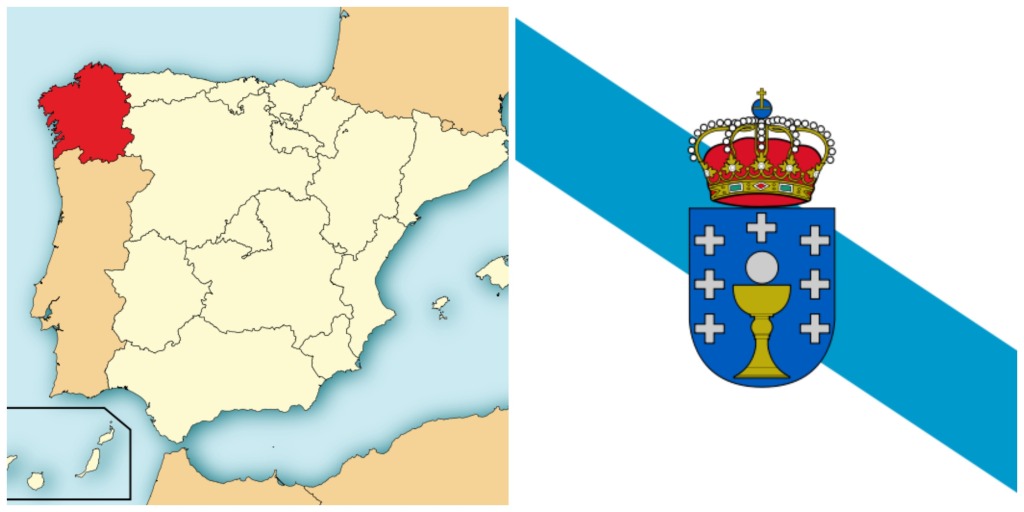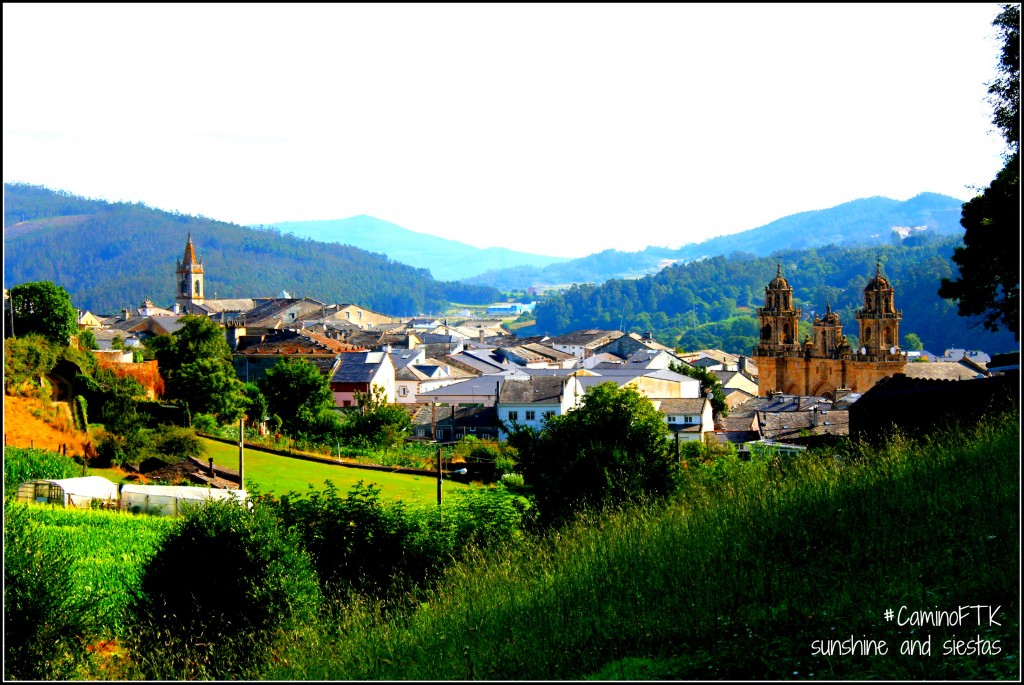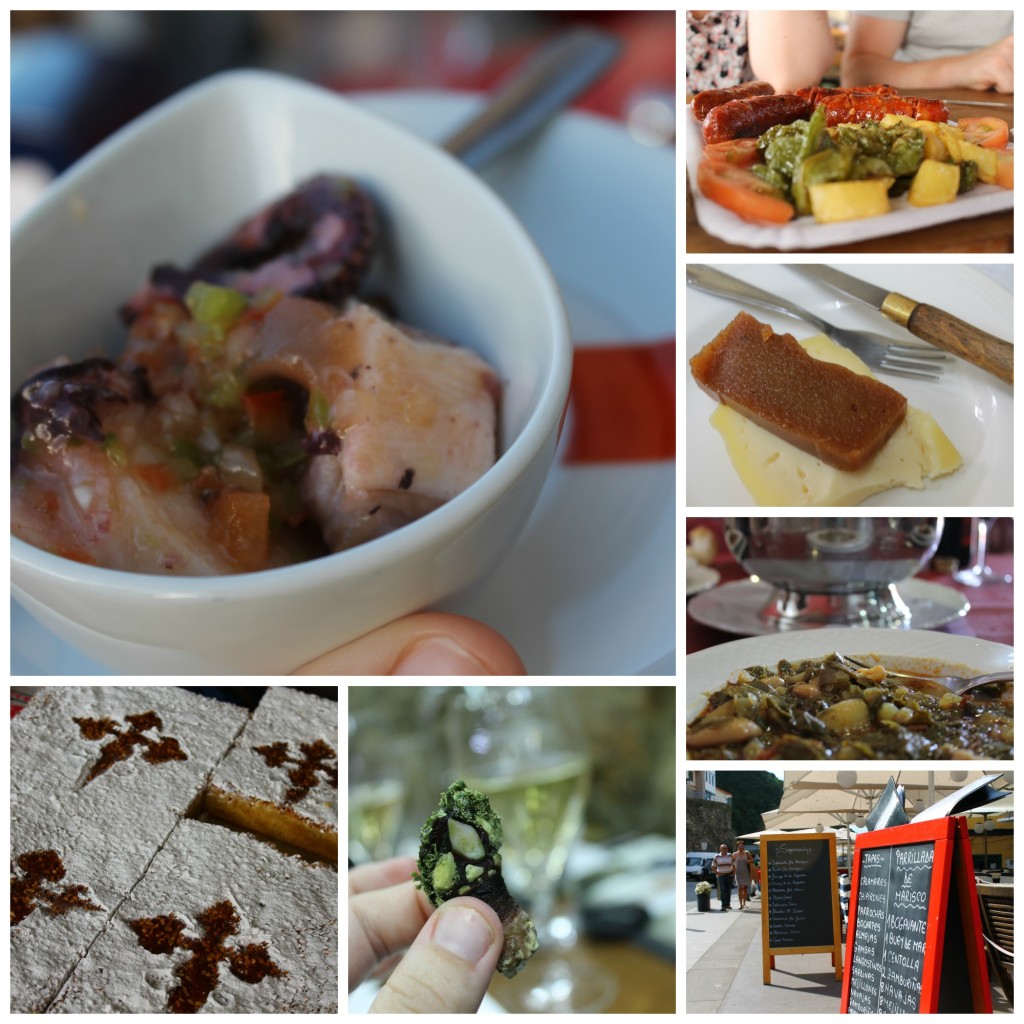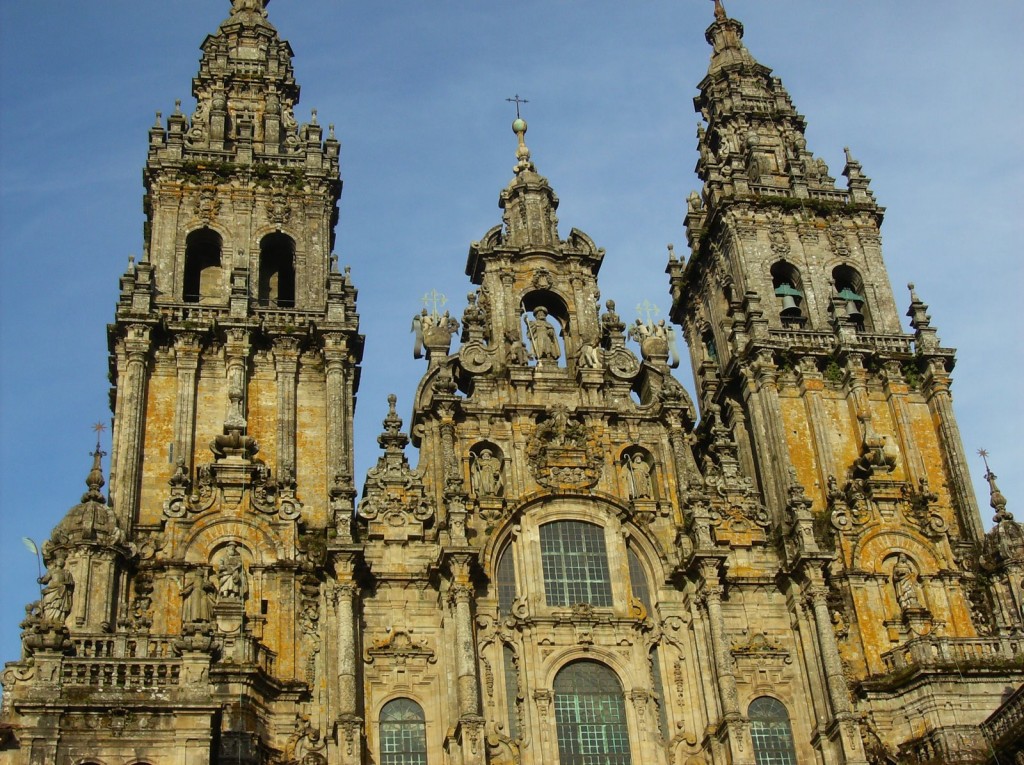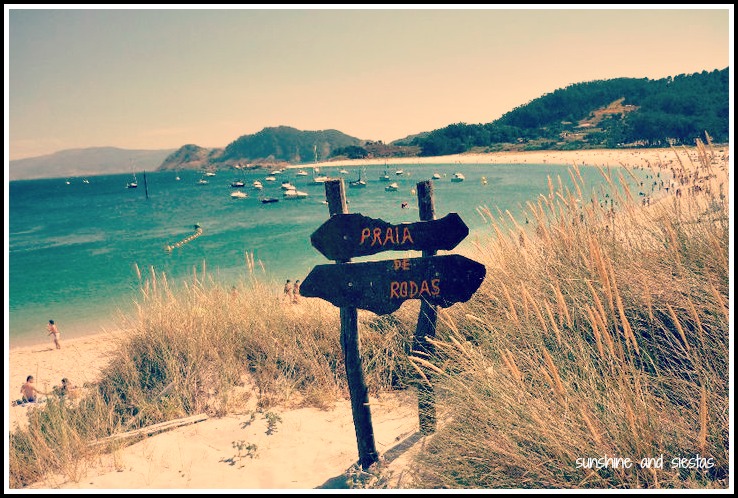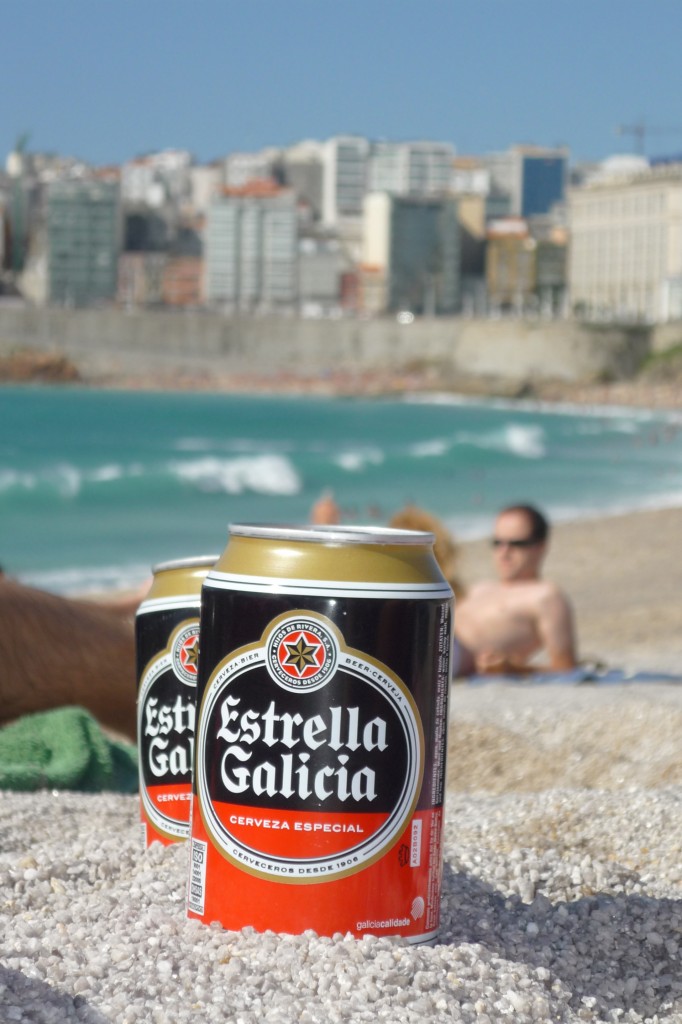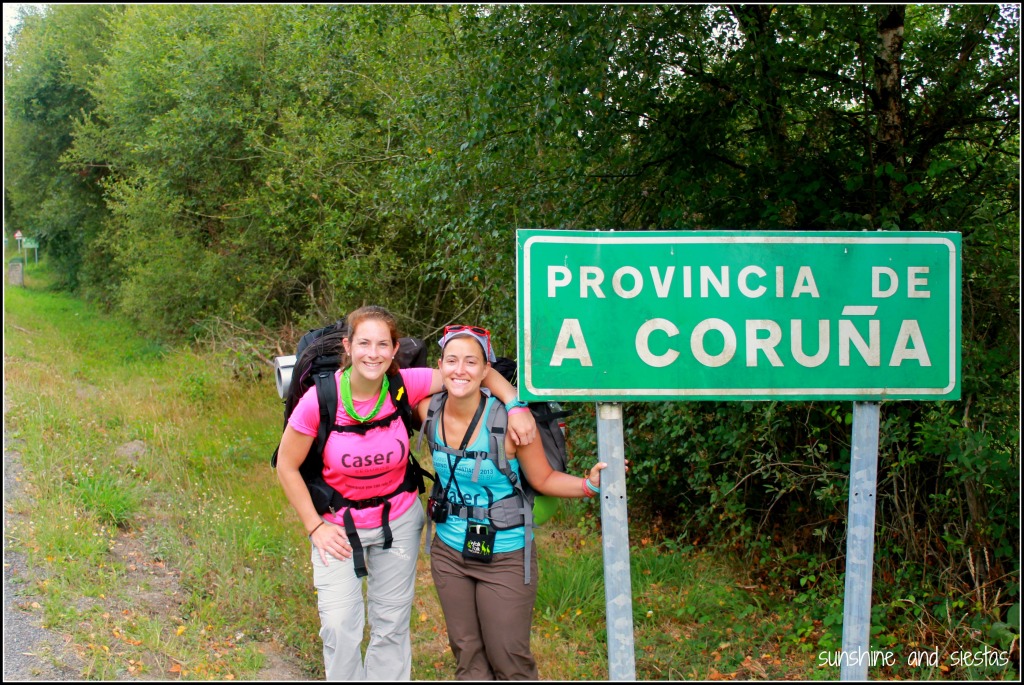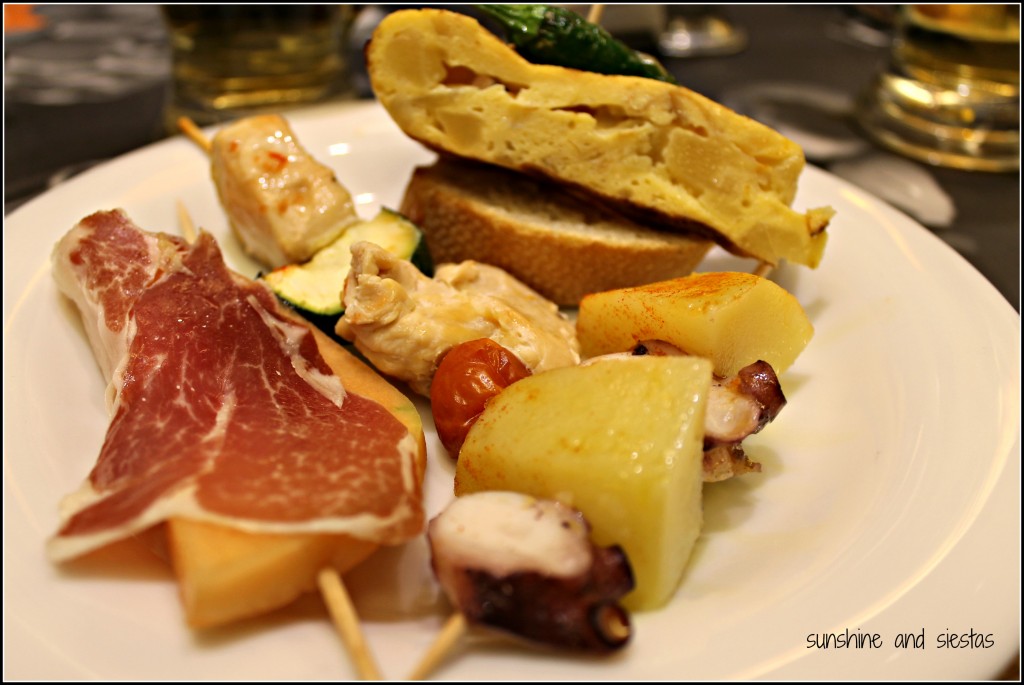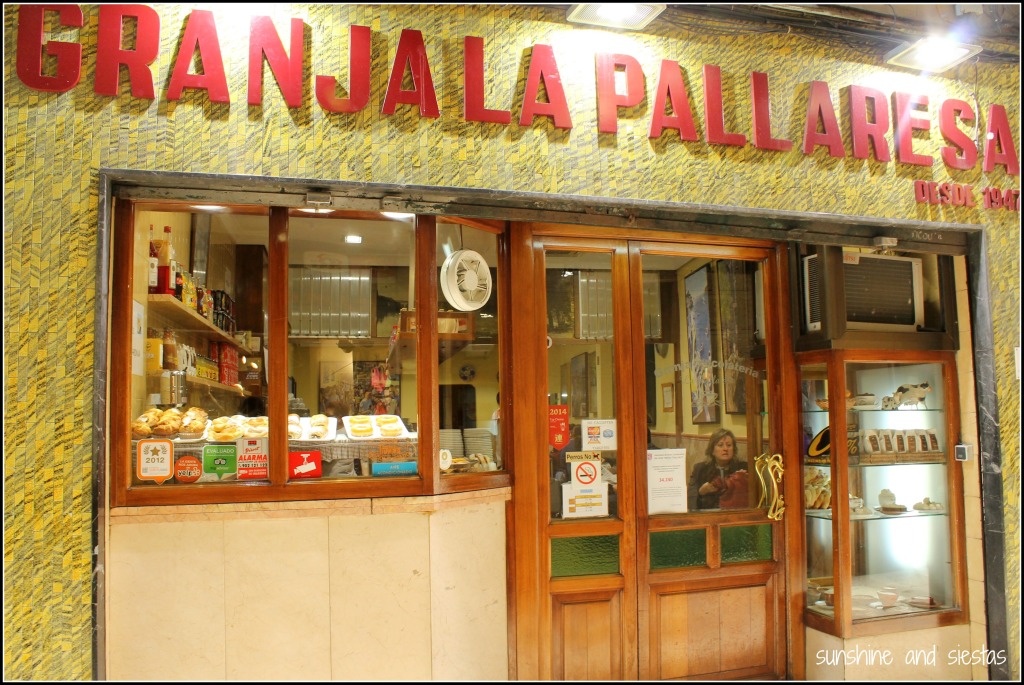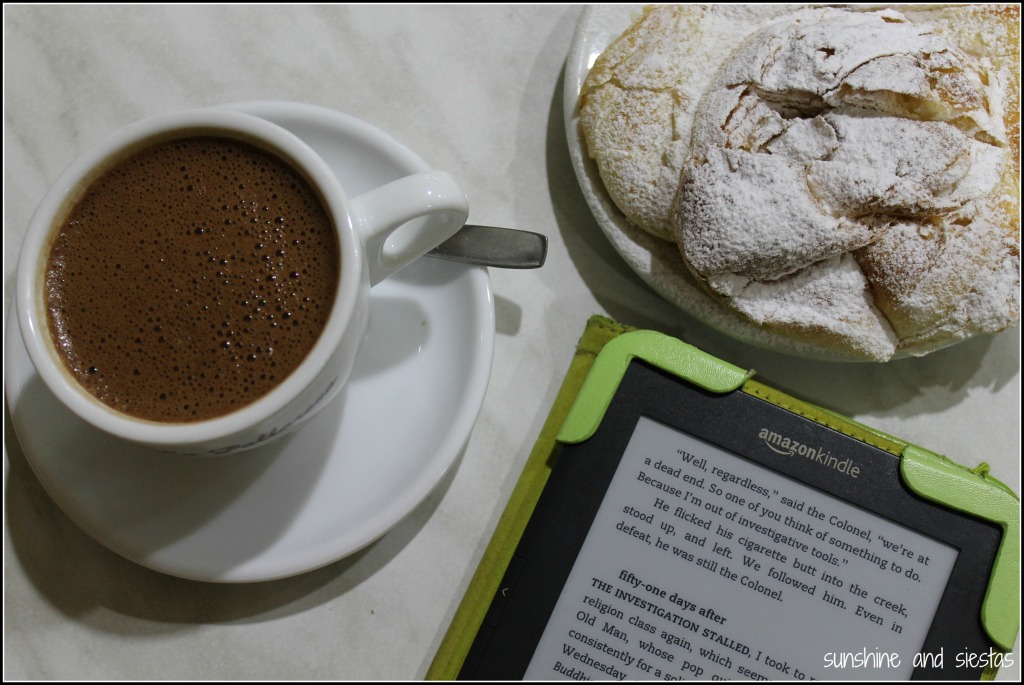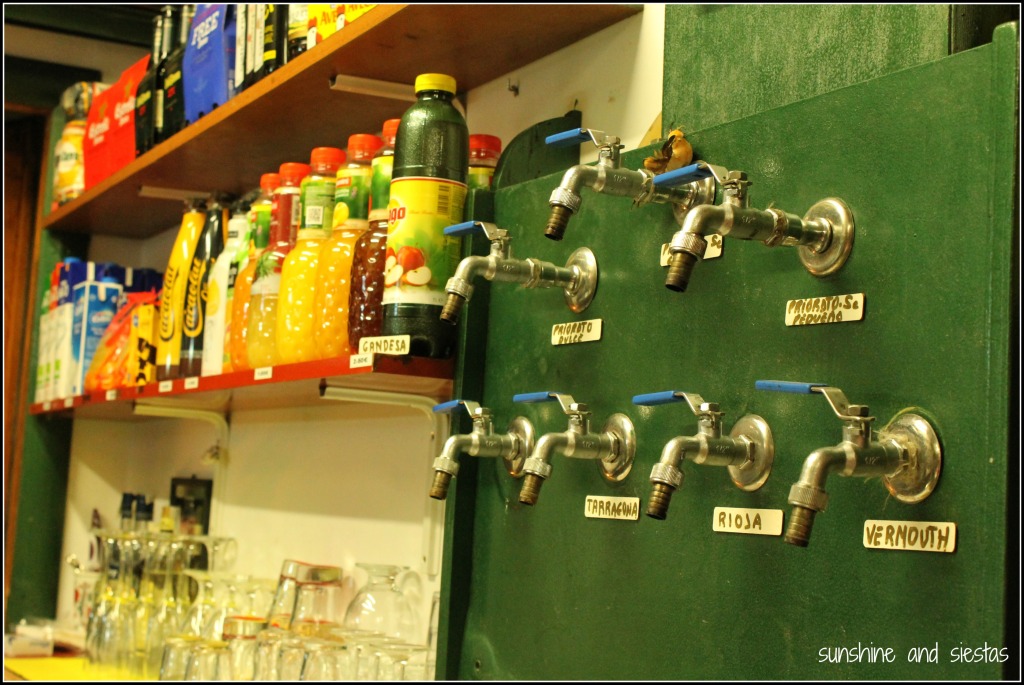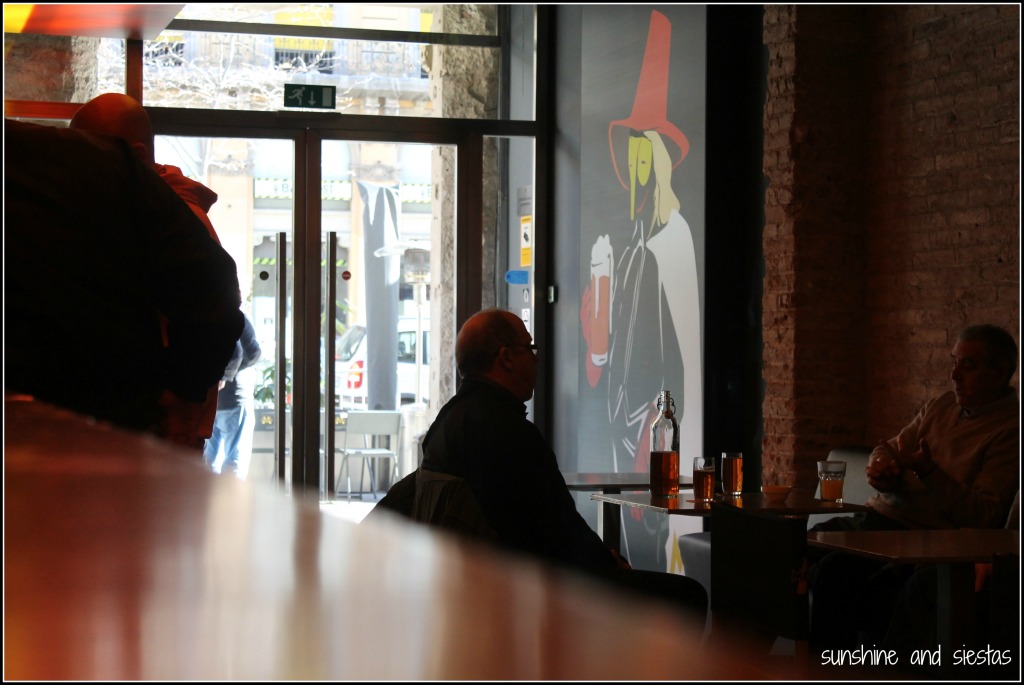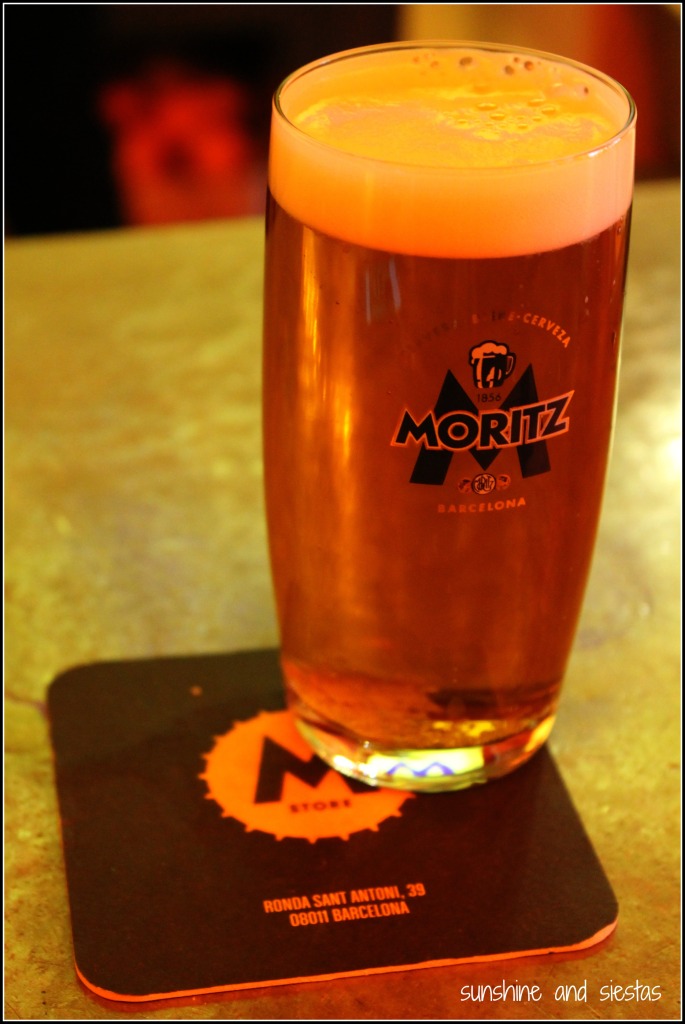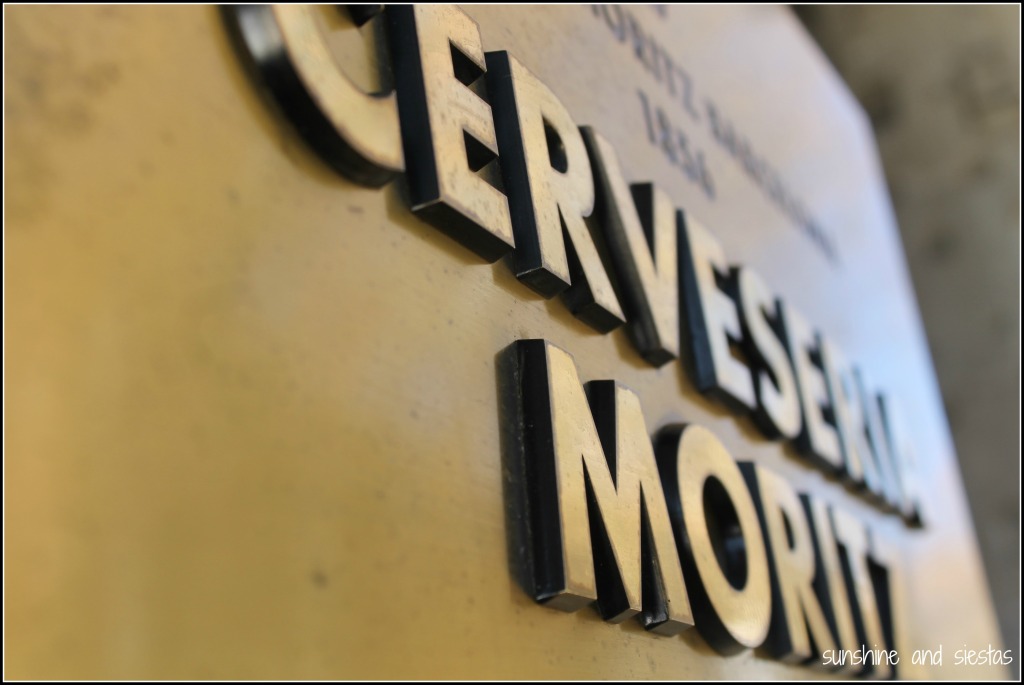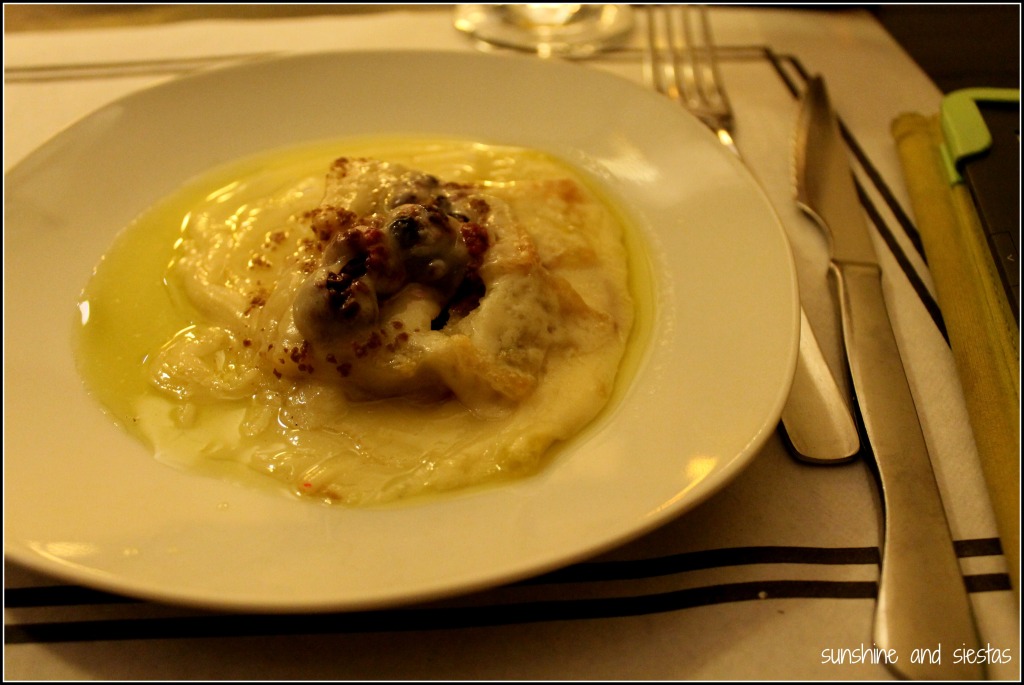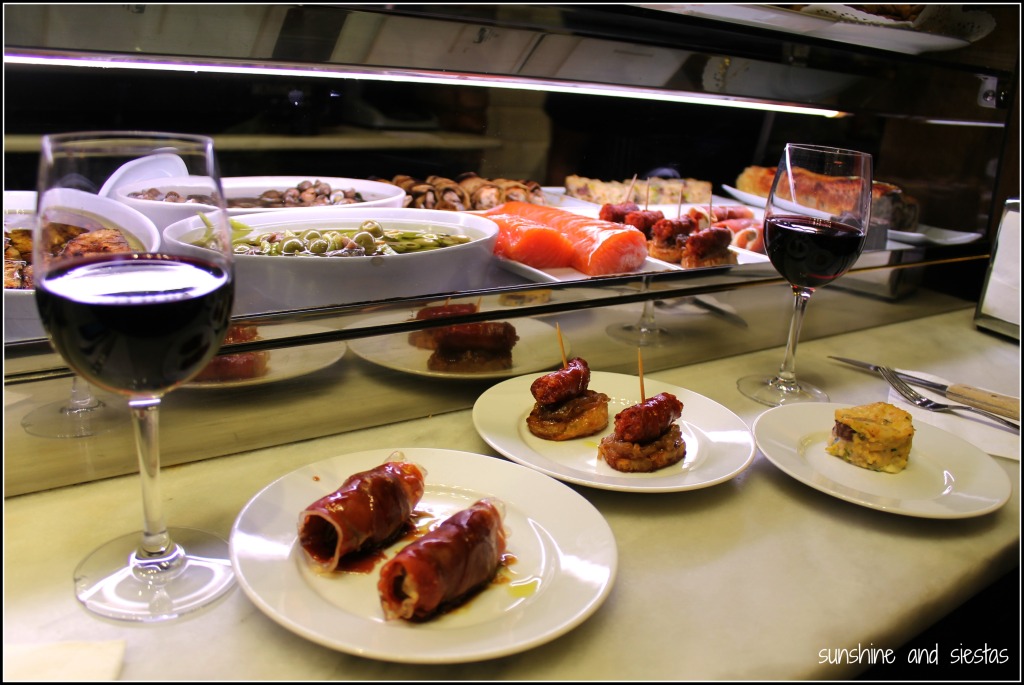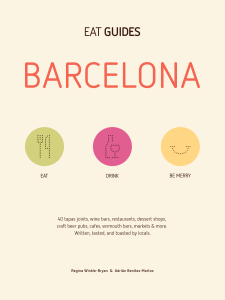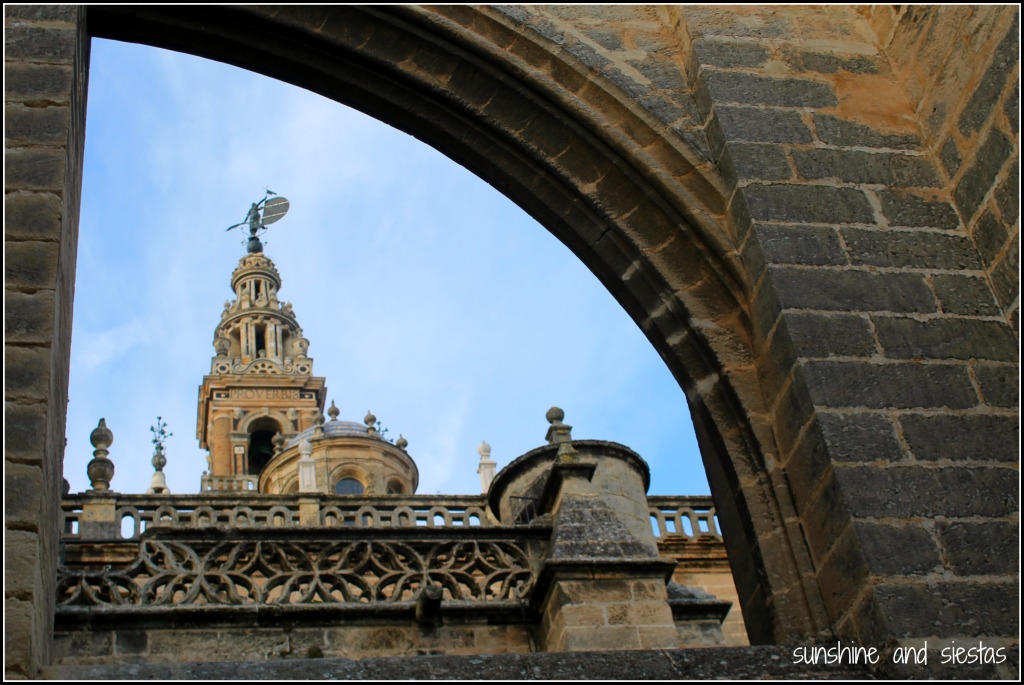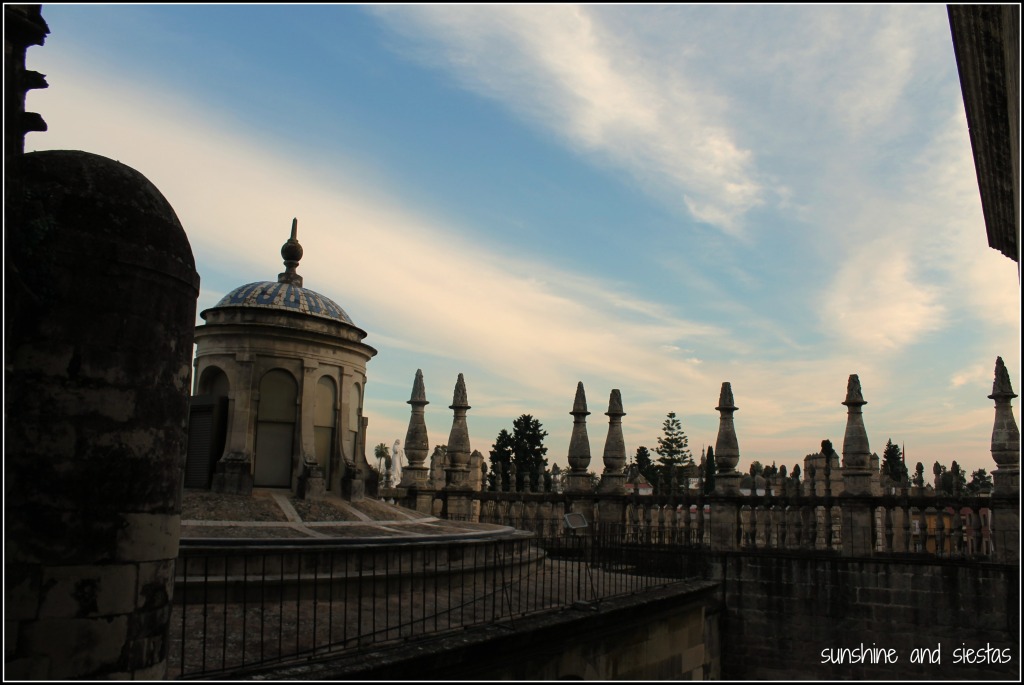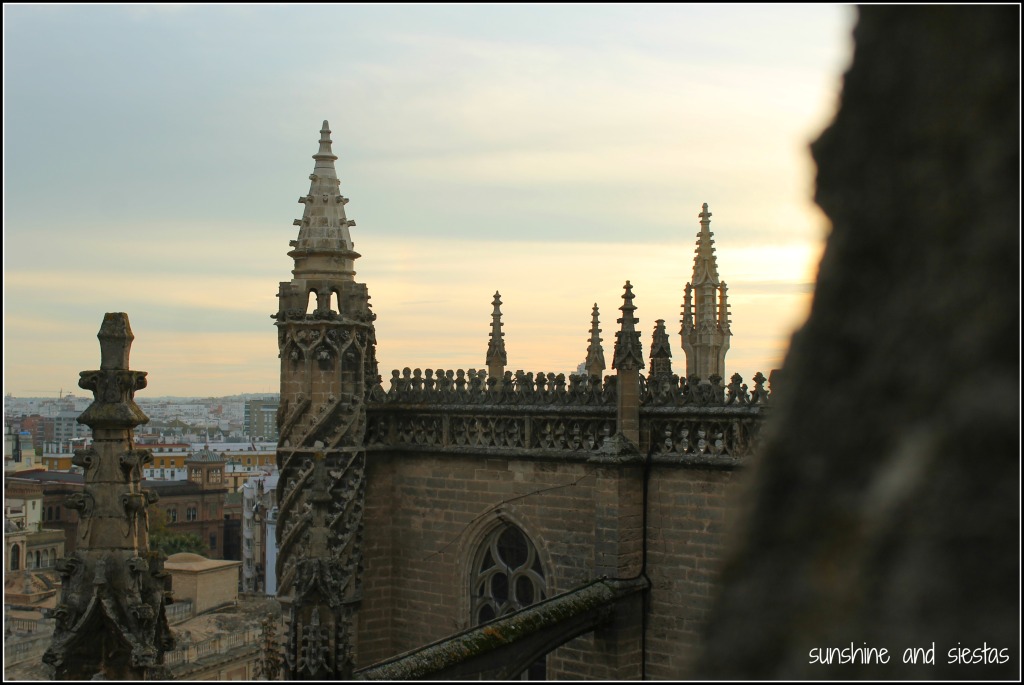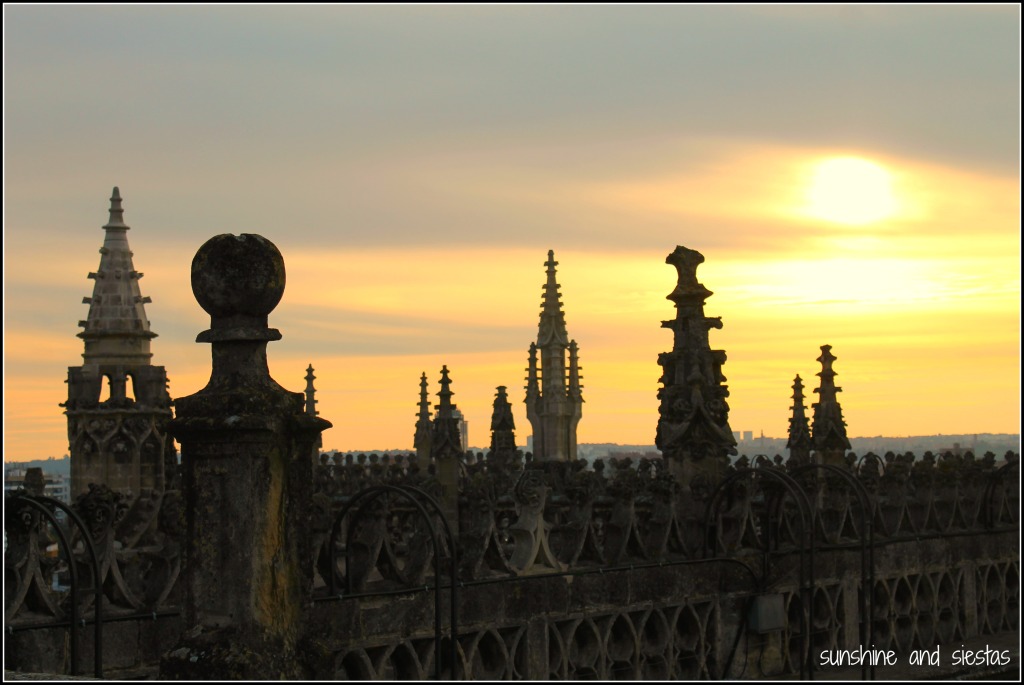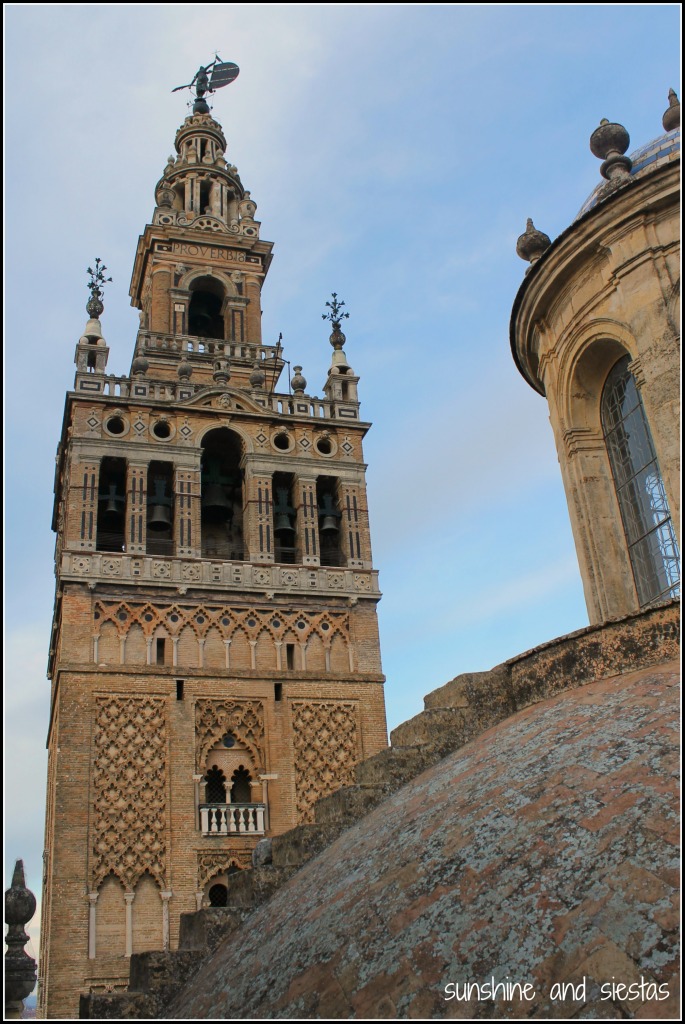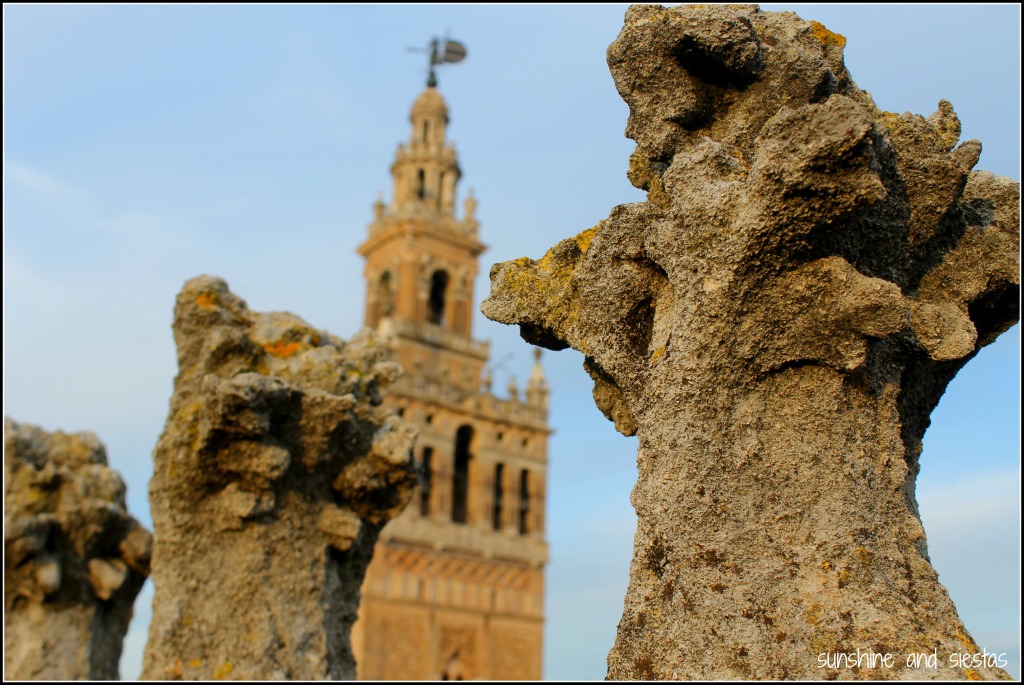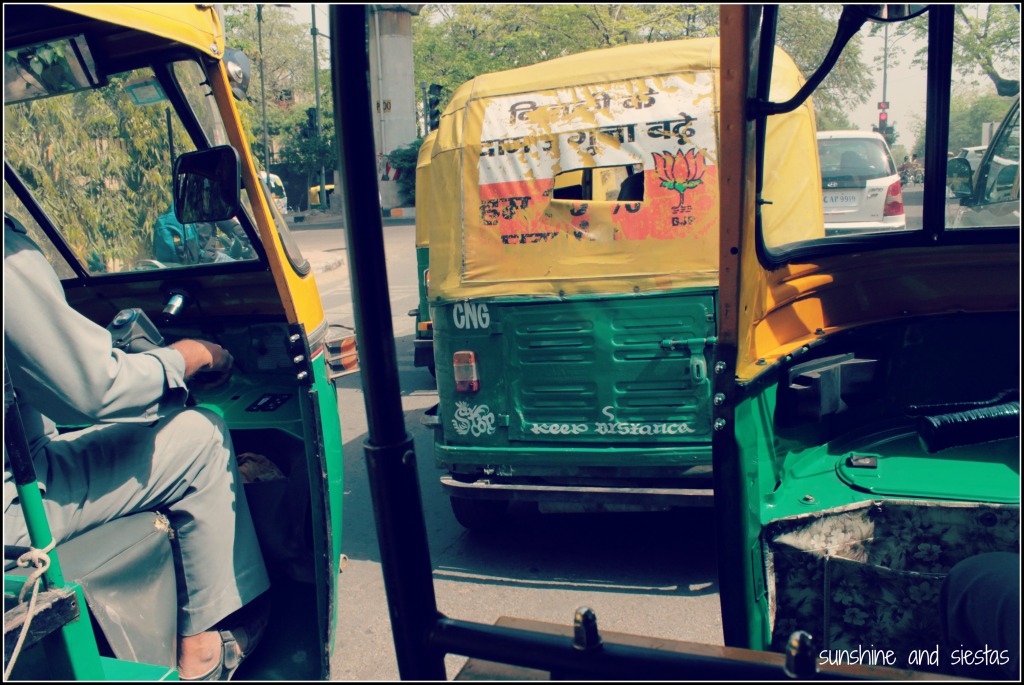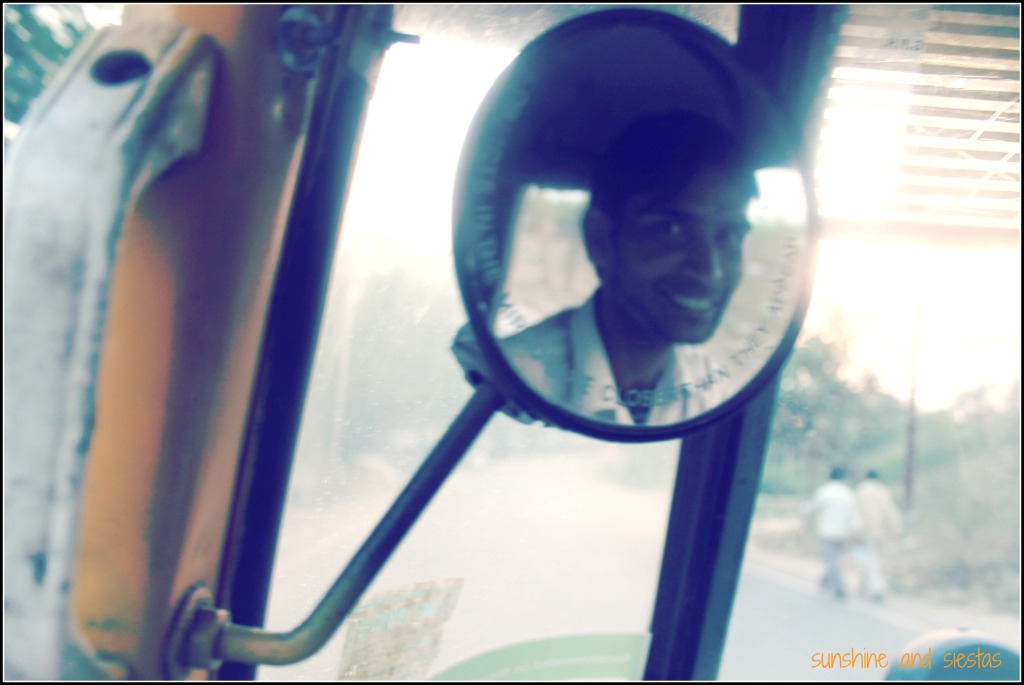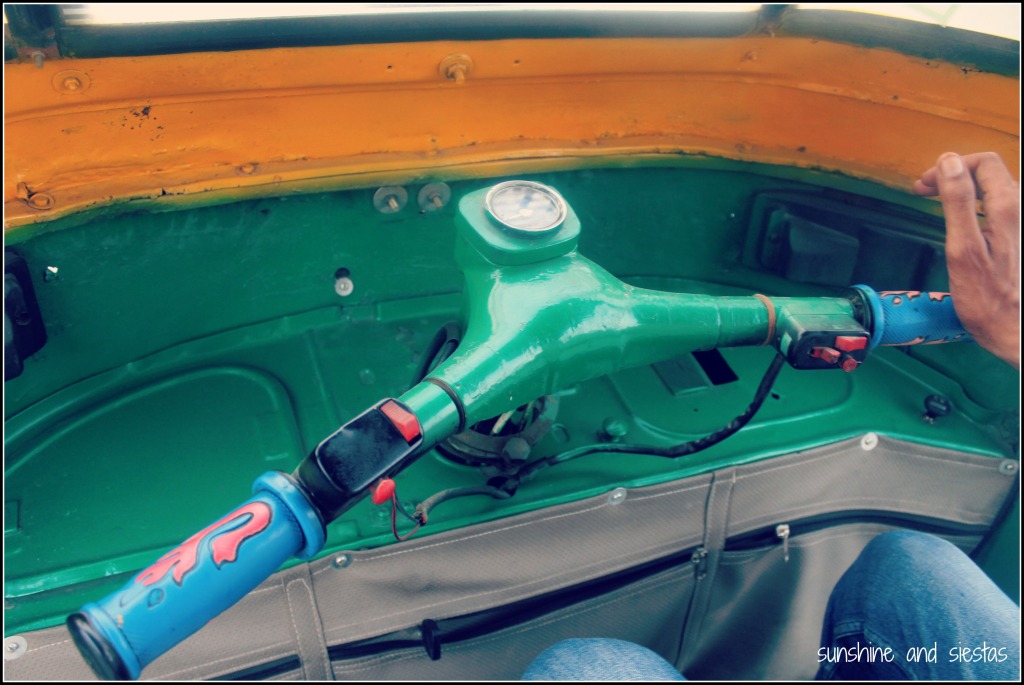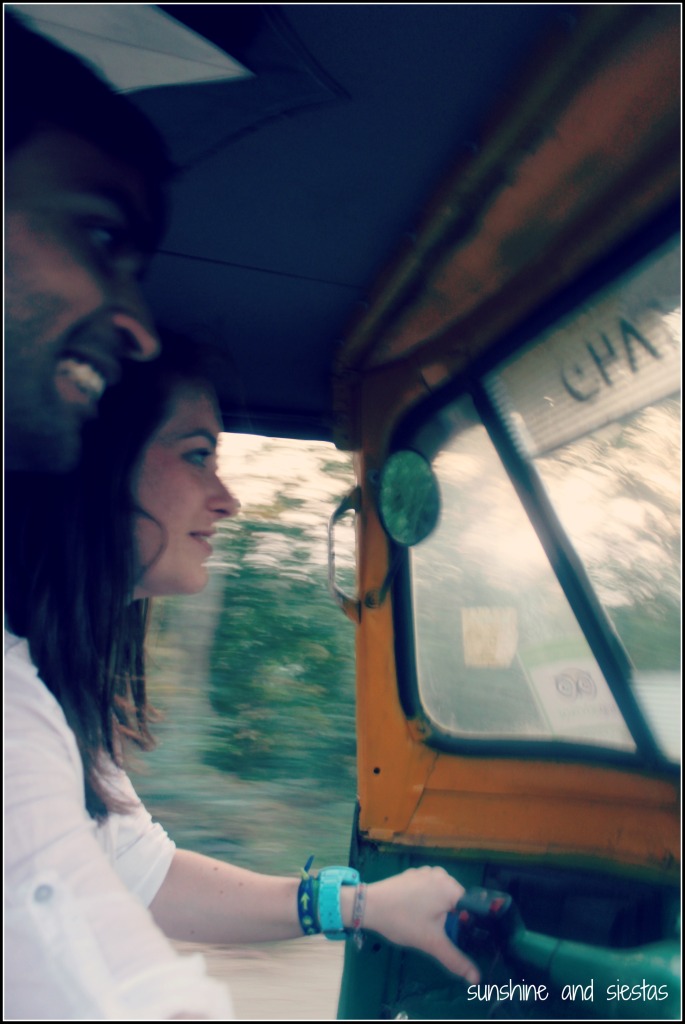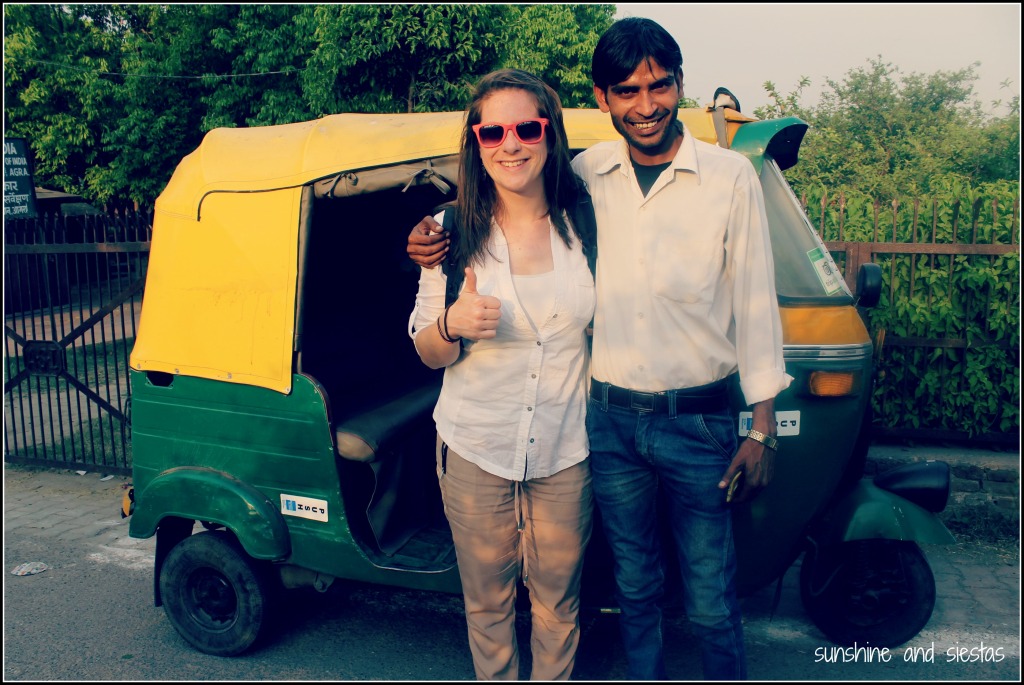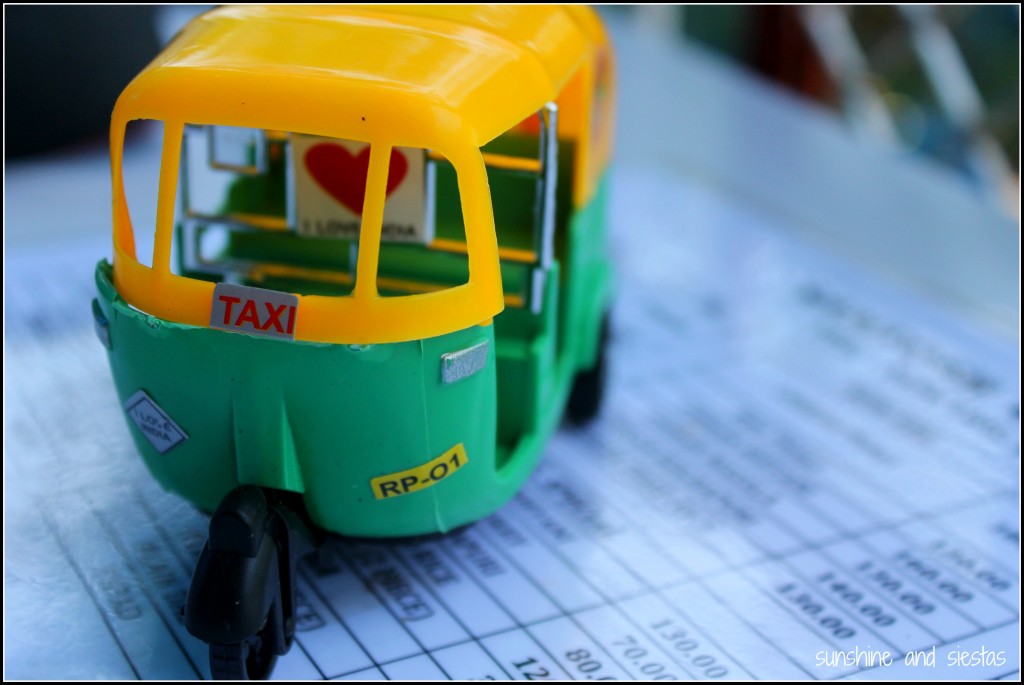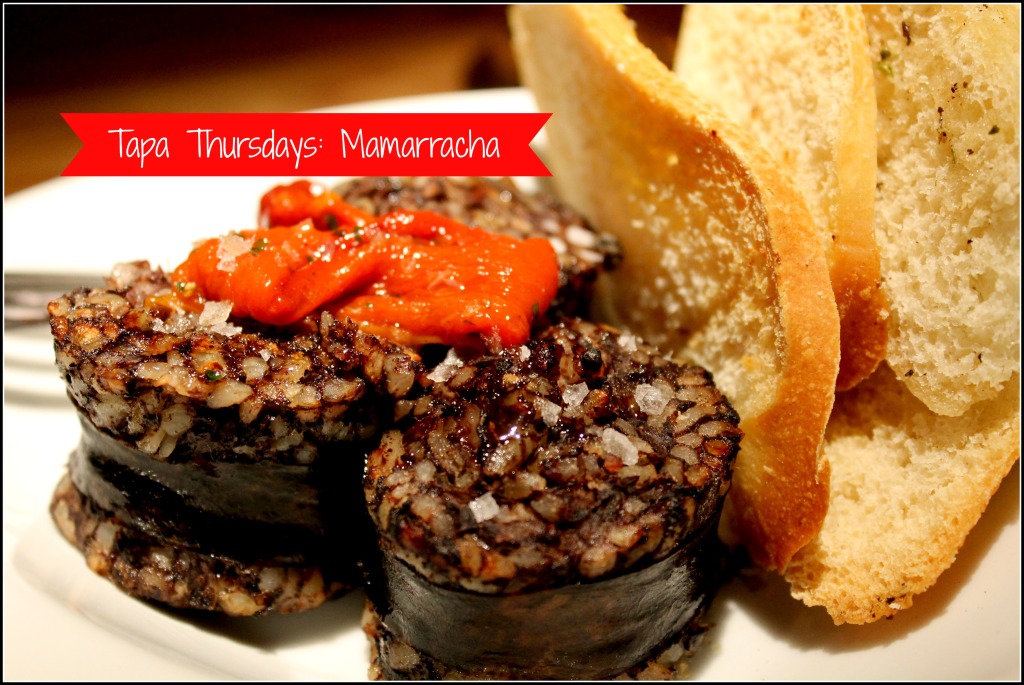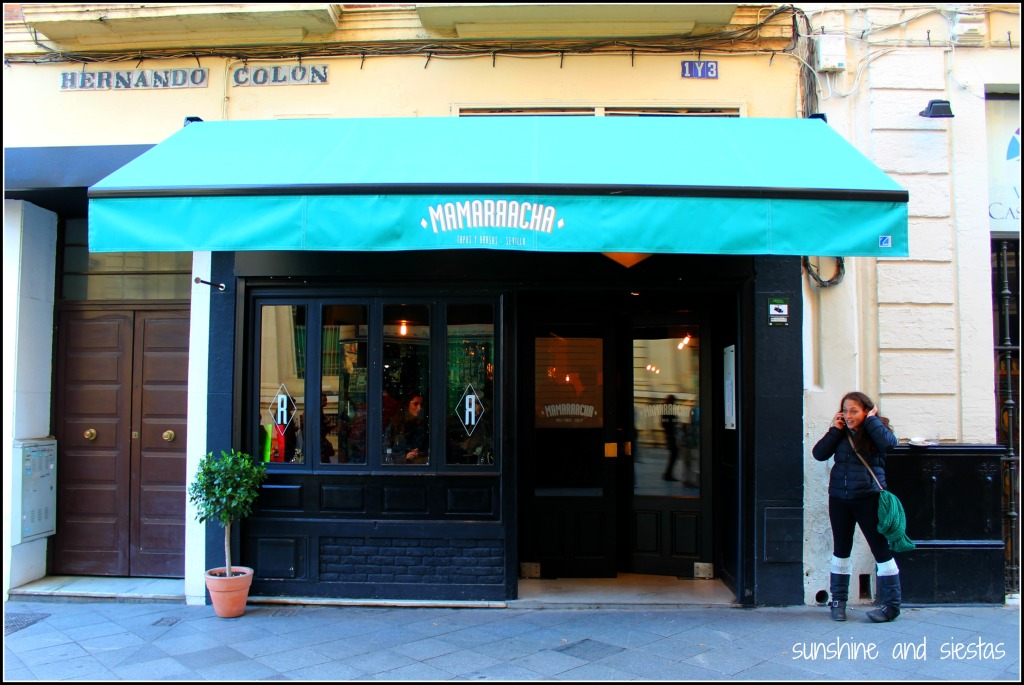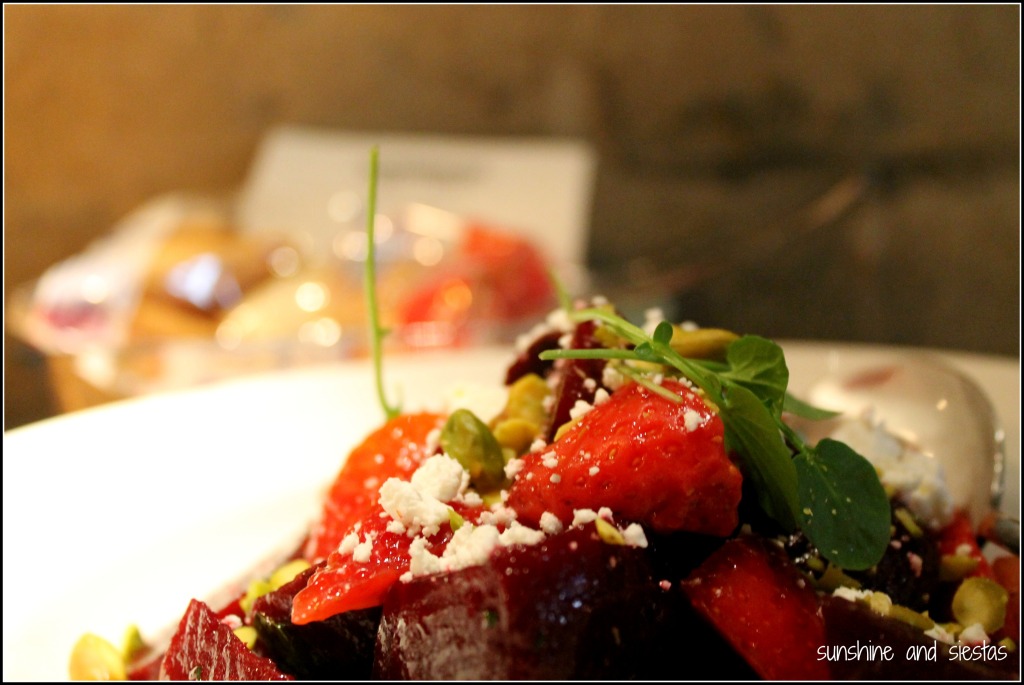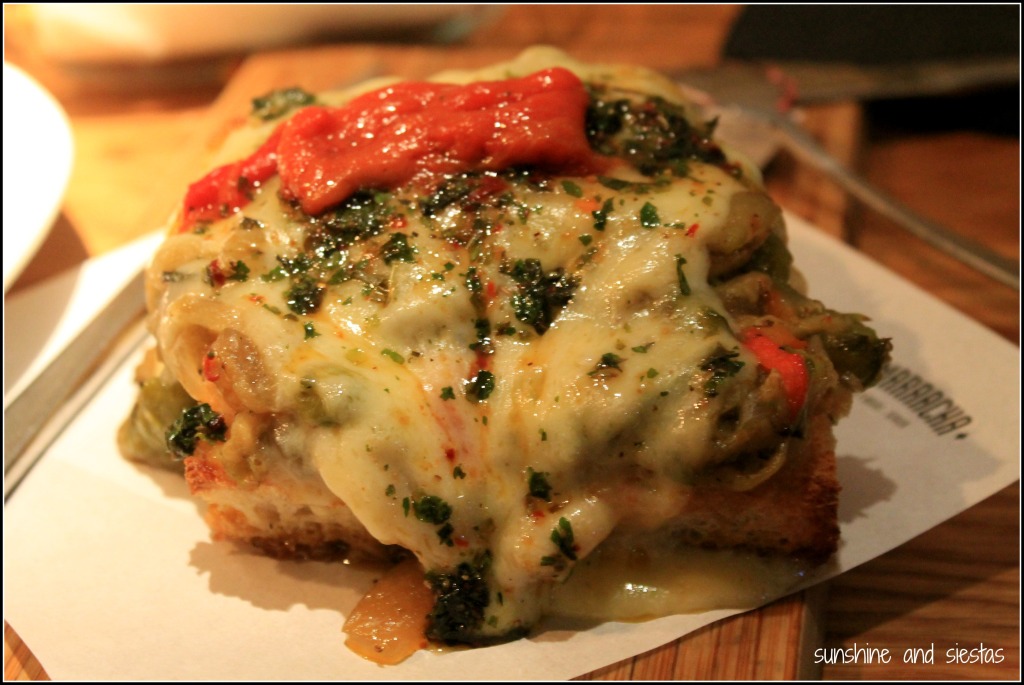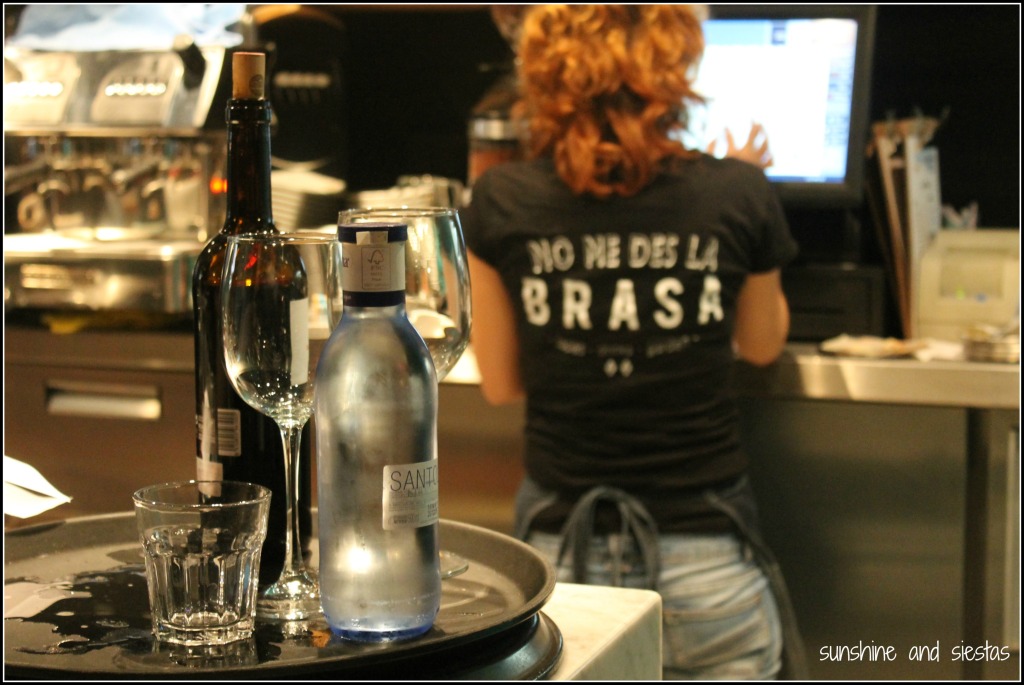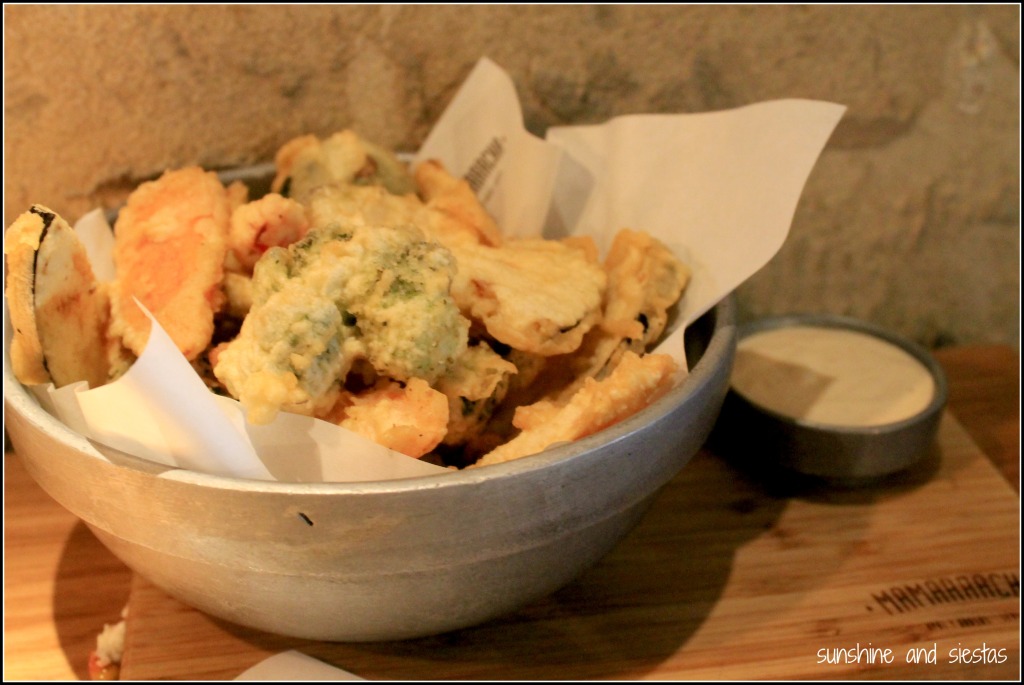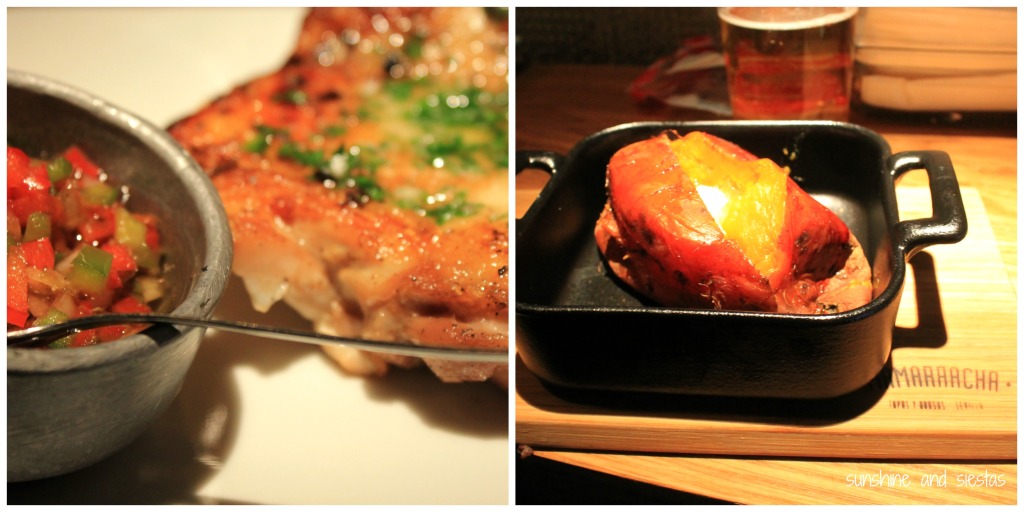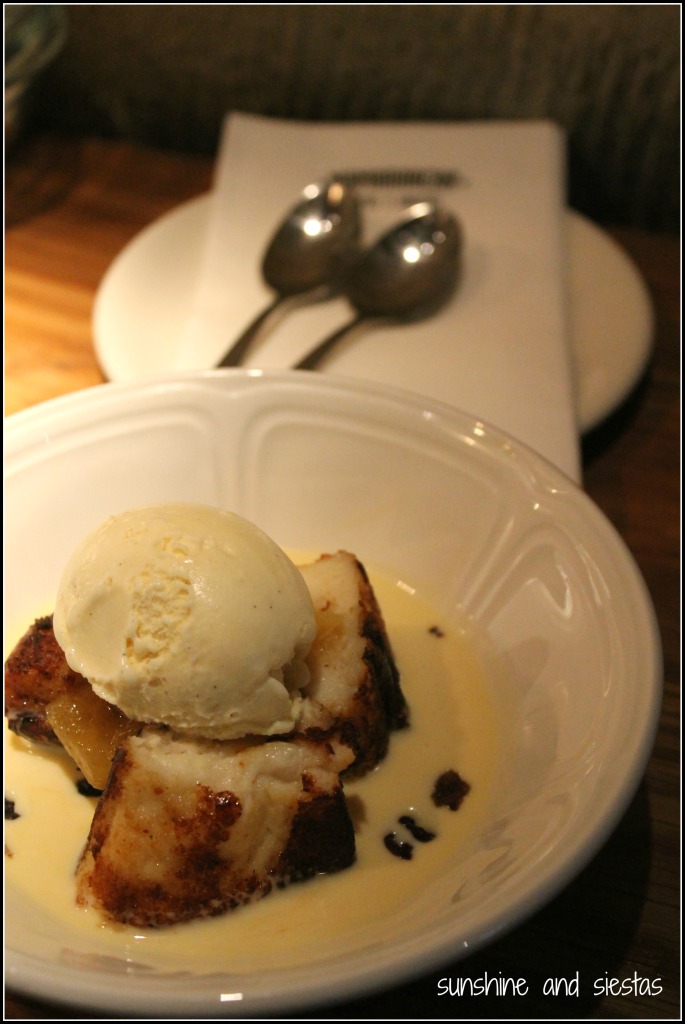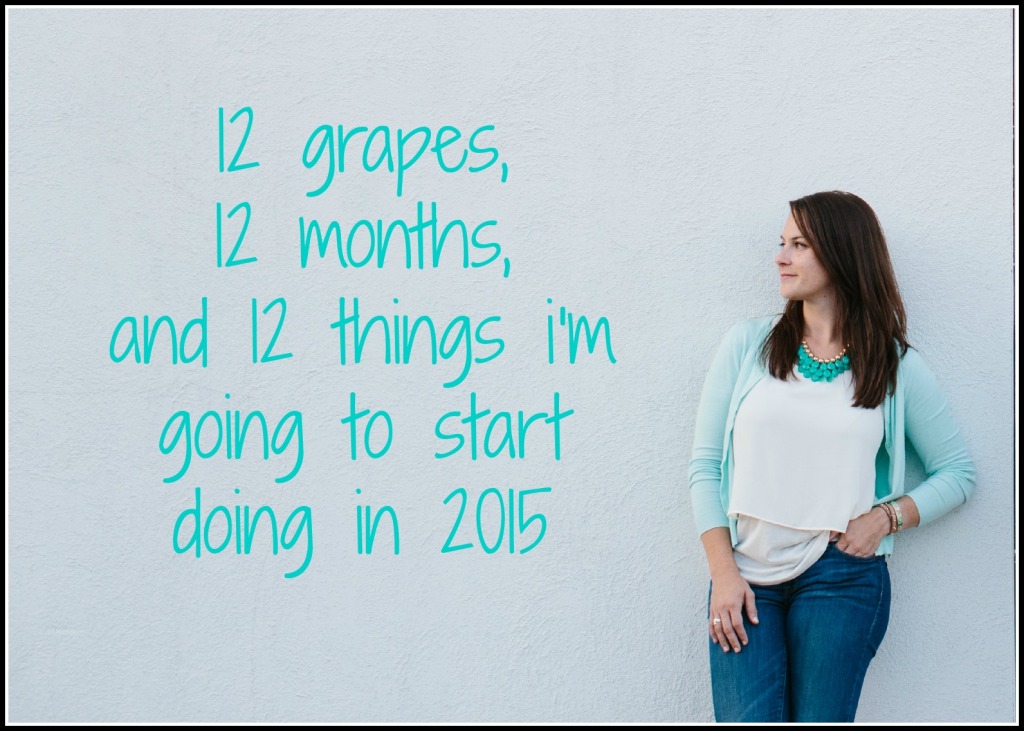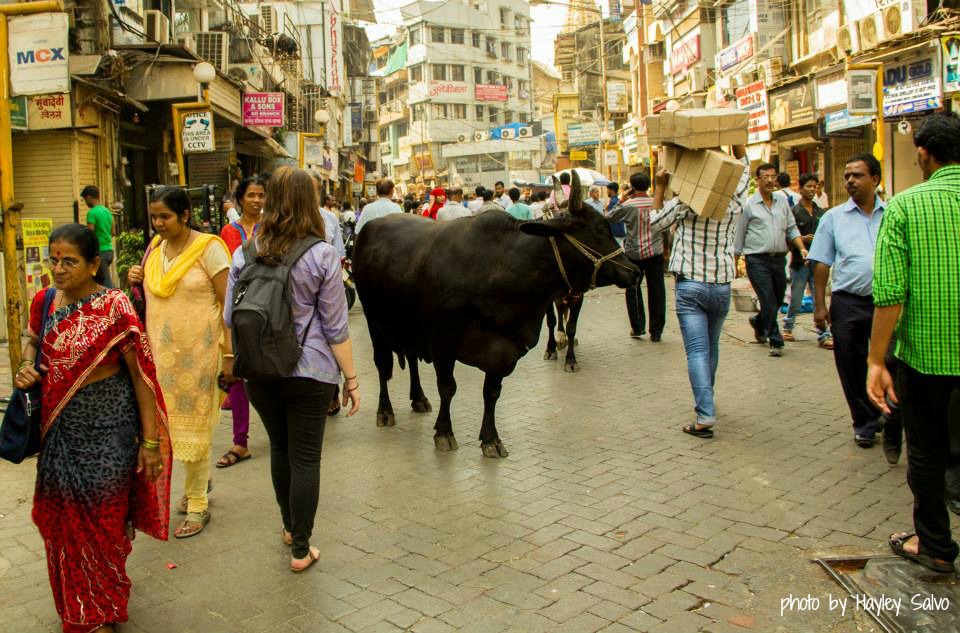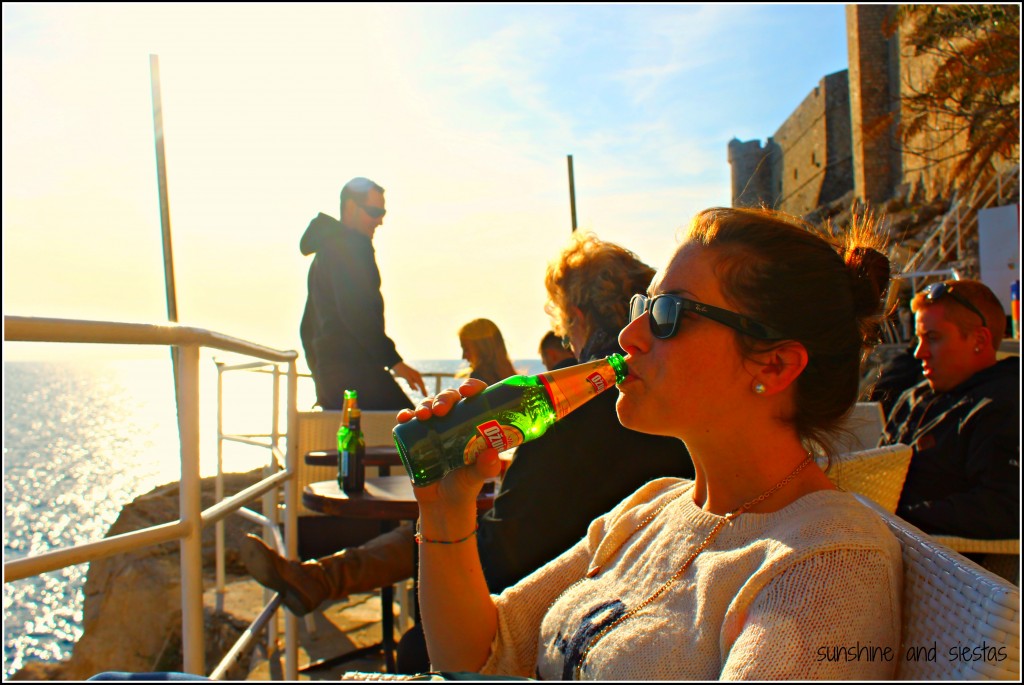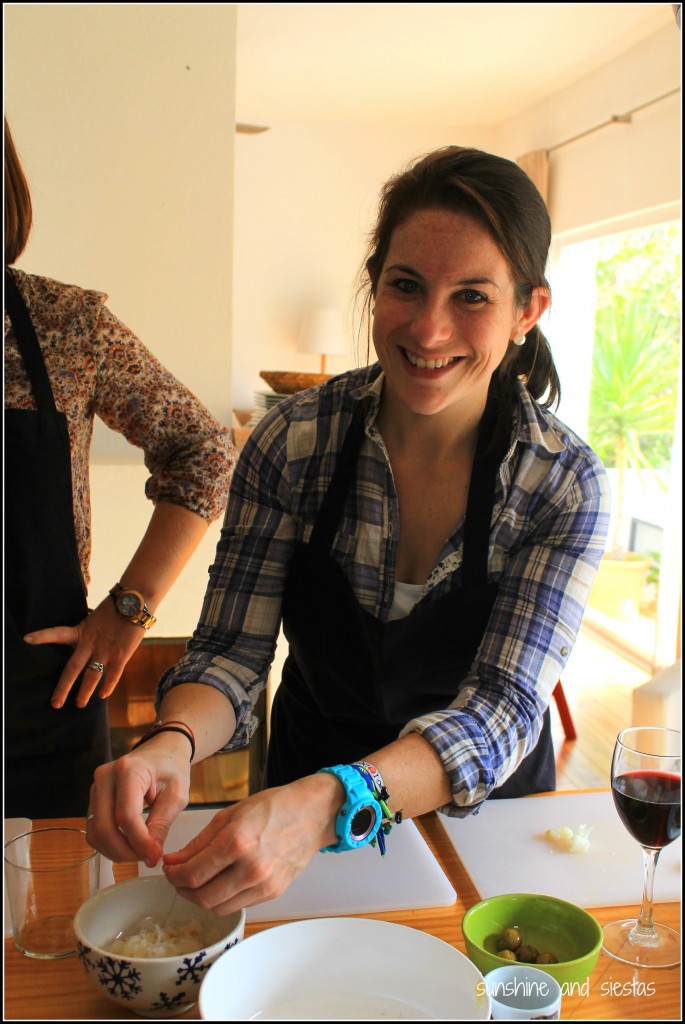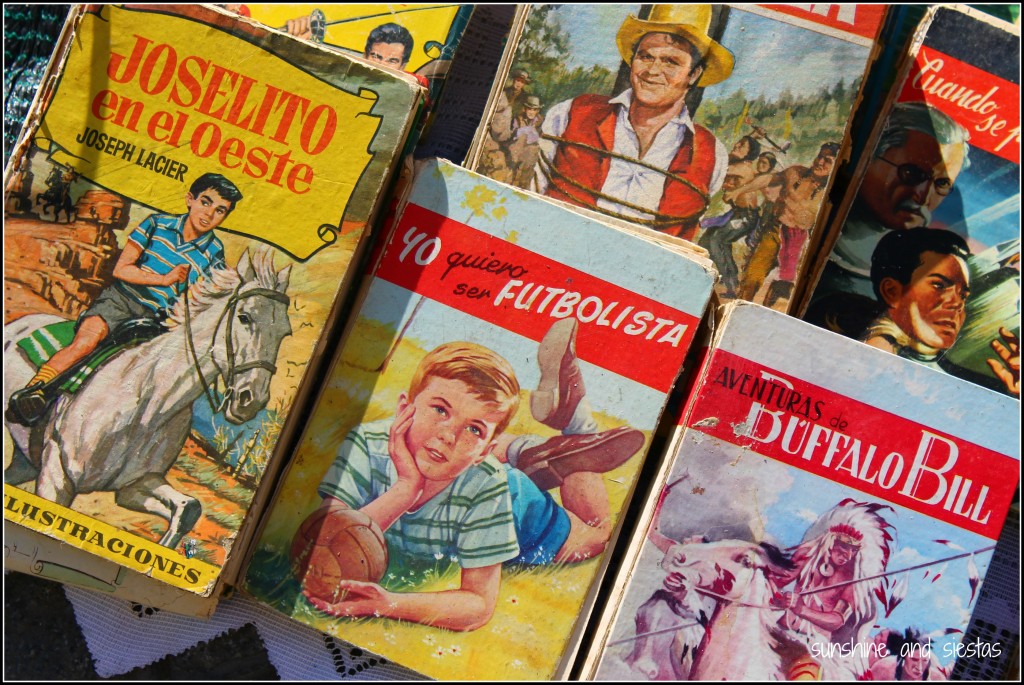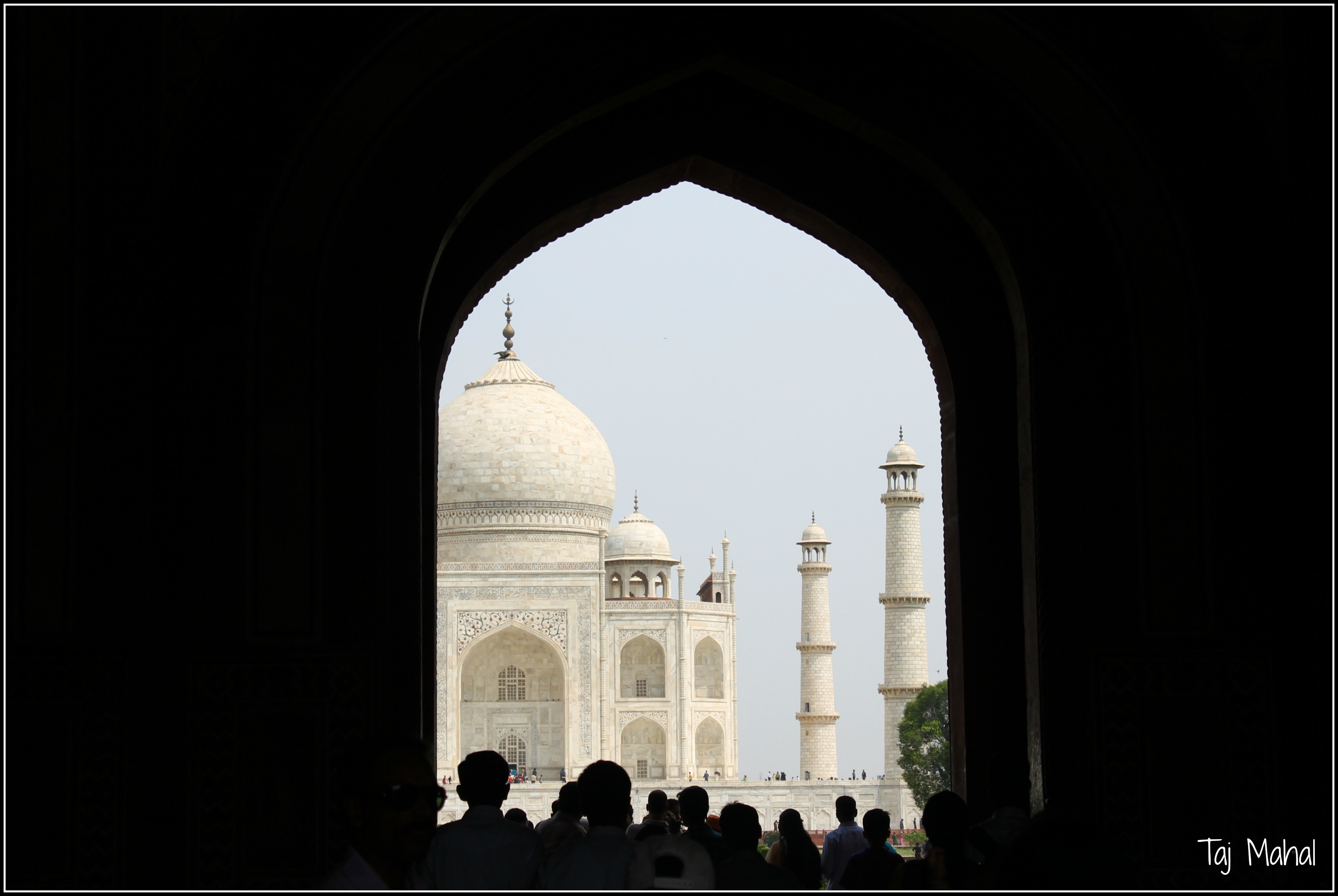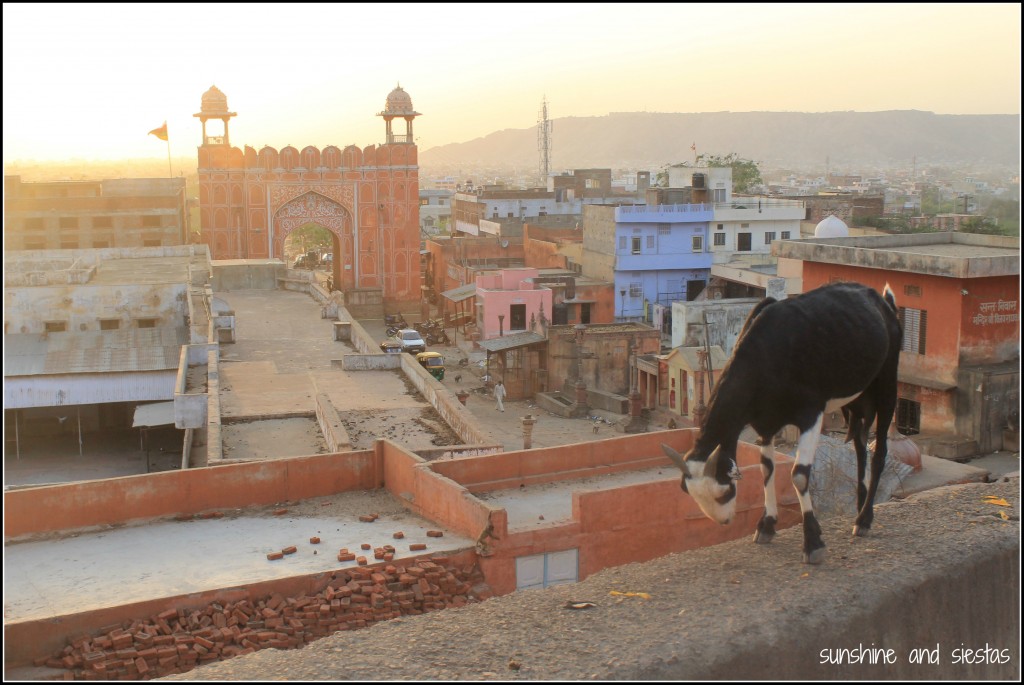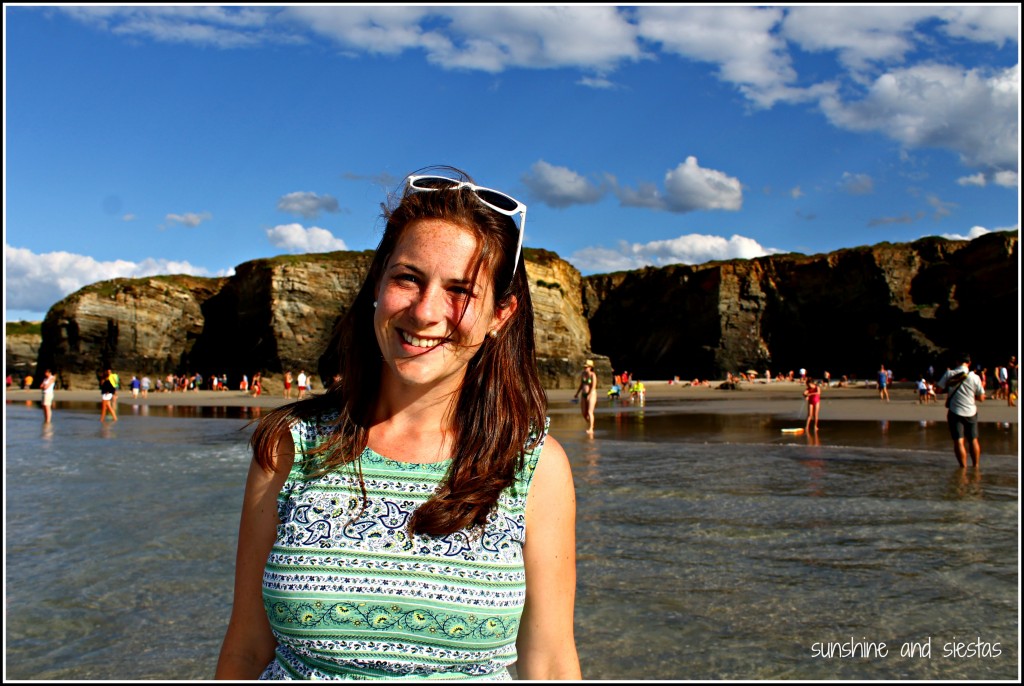Not one to make travel goals, I did make one when coming to Spain: visit all 17 autonomous communities at least once before going home. While Madrid, Barcelona and Seville are the stars of the tourist dollar show (and my hard-earned euros, let’s not kid around here), I am a champion for Spain’s little-known towns and regions. Having a global view of this country has come through living in Andalucía, working in Galicia and studying in Castilla y León, plus extensive travel throughout Spain.
 Oh goody! I get to talk about one of my favorite places in Spain this month!
Oh goody! I get to talk about one of my favorite places in Spain this month!
Ever since my friend literally stood over me as I looked for fares, then forced me to buy a ticket to La Coruña that I couldn’t afford, I’ve swooned over the northwesternmost province of Spain. Galicia is acutely Spanish while not being very Spanish at all, thanks to its Celtic roots. It’s a land ruled by superstition, by an aversion to long spans of rain along the coast, by plump seafood and white wine. Where stone churches and hórreos stand guard. Where language is sung, not spoken. Where rivers and mountains and forests abound. Where I’ve had one serendipitous experience after another.
I’ve spent more time in Galicia than I have in the city where I studied abroad, Valladolid. Coruña is like a second home to me after five summers teaching there.
Name: Galicia, or Galiza in local gallego
Population: 2.7 million
Provinces: Four; A Coruña, Lugo, Ourense, Pontevedra
When: May 2008, 10th of 17
About Galicia: Galicia is one of those places you’d probably peg as part of Scotland because of its weather and ever-present bagpipes, and the fact that it’s rather isolated – the high-speed trains won’t reach the region until 2017 (or so hey say). I both welcome this and fear it because Galicia is so staunchly suyo, that a boom in tourism may mean losing a little bit of what makes Galicia, Galicia.
There’s a long version of the story of Galicia, but here’s the short one:
Humans first began inhabiting the northwest corner – mostly north of the Duero River – of the Iberian peninsula in the Middle Paleolithic period slowly and eventually the Iron Age and Castro period. These people were of Celtic origin and called Gallaeci. Eventually becoming part of the Roman Empire and then the Visigoth, these kingdoms have left their mark on Galicia’s history and architecture before eventually falling to the Christian Empire in Northern Spain.
The Middle Ages was a time of prosperity in Galicia, and even though the region was still under the Crown of León, inhabitants were ruled by seven kings in seven kingdoms that were able to retain their culture and language, though there were bloody conflicts between brotherhoods and kingdoms. Like today, the area was untamed and a bit unruly. Galicia was awarded autonomous status in the 16th Century with the Audencia Nacional, and nowadays, there’s a call for becoming an independent kingdom. Old habits die hard, I guess.
Must-sees: I should really start this section off with must-eats, rather than must-sees. Galicia has a wealth of regional dishes and a thriving tapas culture in its larger cities, so I’d wholeheartedly suggest fasting before heading up there. I’m serious.
Let’s start with the seafood. Galicia’s home to 1,500km of coastline, so mussels, crabs, octopus and the much-heralded percebes, or goose barnacles, are prominent on menus. Round up some friends and split a mariscada.
Then there’s the cheese. From smoky San Simón from Lugo and the boob-shaped queso de tetilla, you’re likely to skip dessert (unless you get a slice of Tarta de Santiago, an almond-based cake). Pair it with a crisp but sweet albariño wine which also matches nicely with seafood. Don’t miss Galician-raised beef, pimientos del padrón and collared greens.
The majority of the region’s big sites are clustered around the coastal areas, particularly Coruña, Vigo and ancient tourist hotspot, Santiago de Compostela. Inland, the population is more sparse, though there are highlights in natural spaces, sacred areas and larger capitals.
Starting with political capital Santiago de Compostela: the ancient stone streets and cathedral where the remains of Saint James are reputedly buried, many tourists come to Santiago for a taste of Galicia. This UNESCO World Heritage City boasts a number of sites, a train station and an international airport, in addition to being the end of the Pilgrim’s Route to Santiago (though many pilgrims choose to travel to Finisterre). Read my posts about Santiago here.
A Coruña, nicknamed the Crystal City is nearby and sits on the end of a peninsula. Famous for its beaches and galerías (and, uh, the flagship Zara), it’s a bustling city that merits a day. Visit its beaches, the Torre de Hercules lighthouse and Cerro de San Cristóbal for views of the bay. Read more about Coruña here.
Vigo is another large city, situated on one of the rías, is famous for its oysters and is the gateway to the Islas Ciès and Portugal to the south. It’s nearby to the much talked about Islas Ciès and its gorgeous beaches.
Inland, Lugo boasts sweeping farmlands and humble hamlets, and the capital retains its medieval city walls, which can be visited. You can also find the Praia As Catedrais – considered one of the most beautiful in Spain – in this province, just a taxi ride away from Ribadeo. Scattered around the region are celtic ruins, great hiking trails and roadside stone churches and cruceiros. Being a near-perfect marriage of sea and land, your time in Galicia should be spent outdoors (so long as the rain holds off!).
My take: My first taste of Galicia was a milanesa from fabled tapas bar La Bombilla in La Coruña. We ordered enormous croquetas and juicy hunks of tortilla, served to us on plastic plates by seriously rotund women who had probably spent the better part of their lives in that kitchen. Everyone seemed…happy. Maybe it’s because they were eating and drinking, because I was grinning right along with them. Because, Estrella Galicia.
I actually credit Galicia with opening up my severely limited taste palate to seafood. I swallowed mussels and octopus at an alarming rate that weekend. The rain held off so we could wade into the frigid waters at the Playa del Orzán, and we sipped gigantic and cheap rum and Fantas at dimly lit alternative bars. I vowed to come back, and soon after, I swapped a teaching position in the islands to return to Galicia. It rained all summer. I loved it.
For five continuous summers I risked the rain for three or four weeks in Coruña, and it’s quickly become one of my favorite cities in Spain. So many of my most treasured Spain memories – watching Spain win the World Cup in 2010, staying out all night at the Saint James Feast in Santiago, walking the Camino – have taken place out here.
Seriously – my ideal Spain is a hybrid between vibrant Andalucia (and its weather) and offbeat Galicia.
Have you ever been to Galicia? What do you like (or not) about it?
Want more Spain? Andalucía | Aragón | Asturias | Islas Baleares | Islas Canarias | Cantabria | Castilla y León | Castilla-La Mancha | Cataluña | Extremadura
